M ICHAEL C OVENEY
M AGGIE
S MITH
A Biography
St. Martins Press  New York
New York
The author and publisher have provided this e-book to you for your personal use only. You may not make this e-book publicly available in any way. Copyright infringement is against the law. If you believe the copy of this e-book you are reading infringes on the authors copyright, please notify the publisher at: http://us.macmillanusa.com/piracy.

Margaret, aged three, on the front gate at 68 Northwood Gardens, Ilford
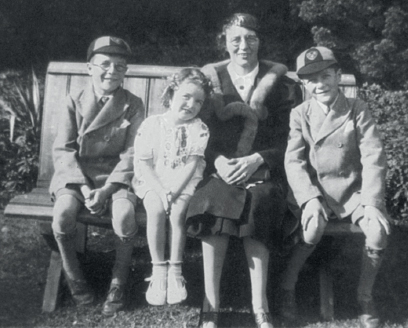
Day trip to Sandringham, September 1938, with her mother and brothers Ian (left) and Alistair

Aged ten, parading her membership of the Vera Legge School of Dancing in the back garden at 55 Church Hill Road, Oxford
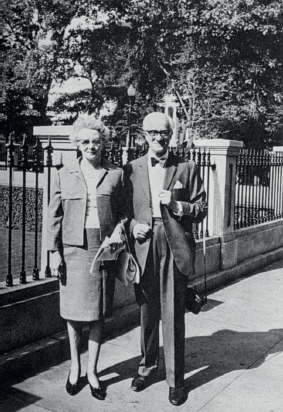
Meg and Nat in Washington, DC, for Ian's first wedding, 1965
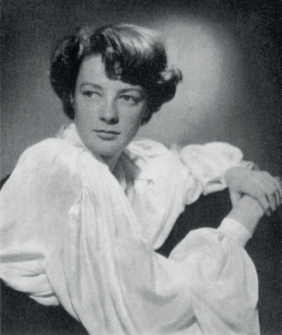
In Twelfth Night for the OUDS, 1952: The Viola of our dreams, said the Oxford Mail
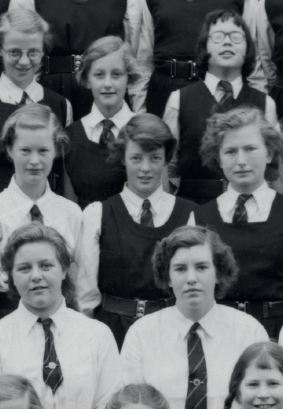
Oxford High School for Girls, 1951

Maggie as Orange with Kenneth Williams as Lettuce Green (centre) in Bamber Gascoigne's revue Share My Lettuce at the Comedy Theatre, 1957
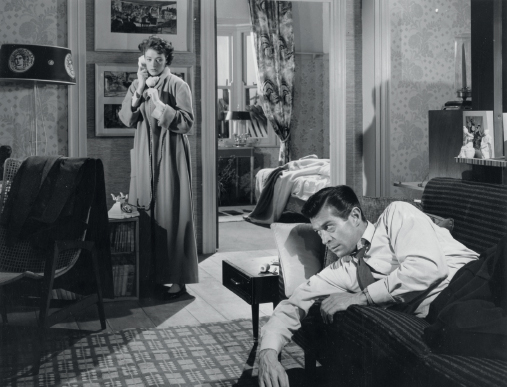
Maggie as Bridget with conman George Nader in her first feature film, Nowhere to Go (1958), co-written by Kenneth Tynan for Ealing Studios
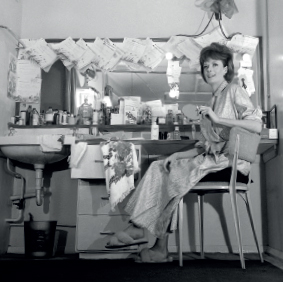
Preparing in her dressing room as Mary McKellaway in Jean Kerr's Mary, Mary at the Queen's Theatre in 1963. It was her third, big West End role for all-powerful producer Binkie Beaumont
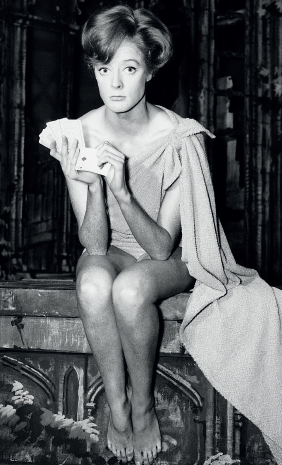
In Beverley Cross's second play, Strip the Willow (1960), Maggie played a girl described by the author as very beautiful, elegant, sophisticated with a great sense of fun
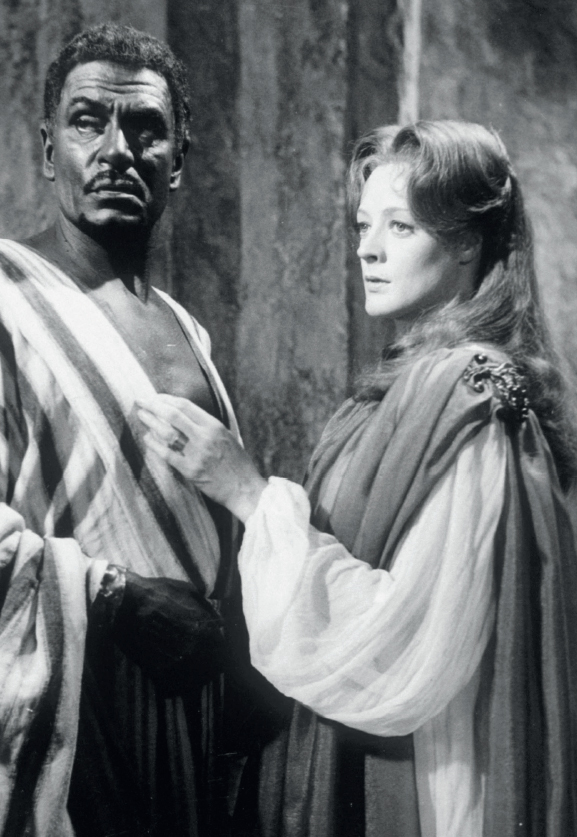
With Laurence Olivier in the film version of Othello (1965): Maggie's Desdemona surprised critics and the public alike when John Dexter's production opened at Chichester and the Old Vic in the early days of the new National Theatre. With an untouchable Olivier, said Tynan, she proved she could play characters whose approach to sex was affirmative and aimed at total erotic fulfilment
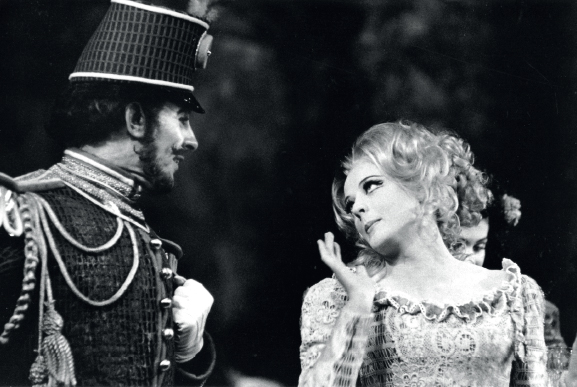
As Beatrice and Benedick in Franco Zeffirelli's exuberant Sicilian production of Much Ado About Nothing at the Old Vic in 1965, Maggie and Robert Stephens forged a relationship with the public that established them as favourites for several years
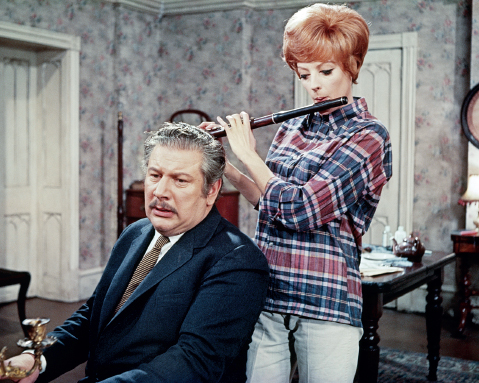
Maggie plays the flute to a suitably unimpressed Peter Ustinov in a comedy of conmen, Hot Millions (1968): A woman's place is in the ome, innit, making money!
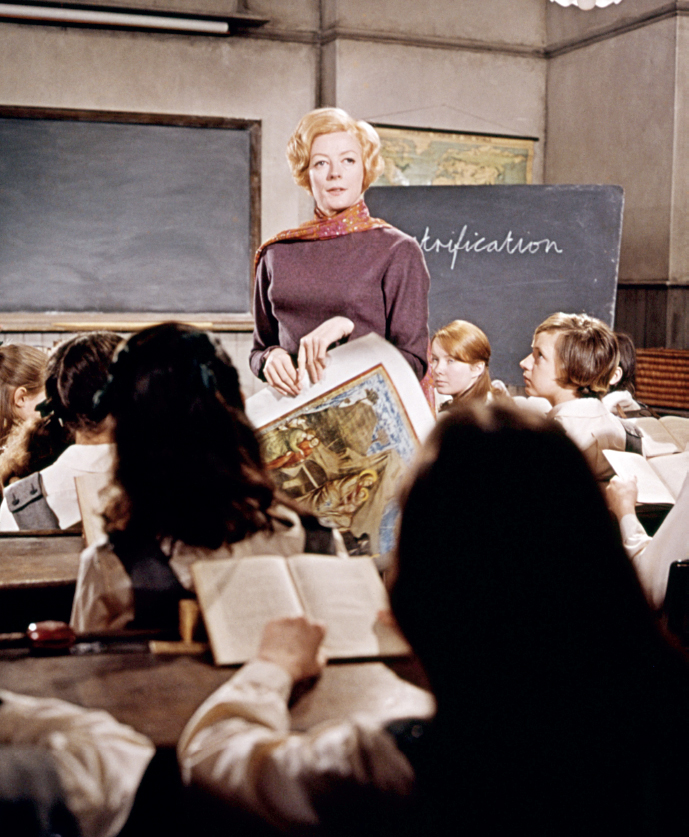
The Prime of Miss Jean Brodie (1969), set in Edinburgh in the 1930s, proved a career game-changer for Maggie at home and in Hollywood. A glacial but glamorous admirer of Mussolini and General Franco, Miss Brodie believed her pupils were the crme de la crme: Give me a girl at an impressionable age, and she is mine for life.
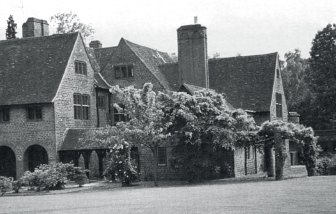
Tigbourne Court, the Edwin Lutyens house near Guildford that Maggie and Robert bought and shared with her brother and sister-in-law in 1968. The house was sold in 1981
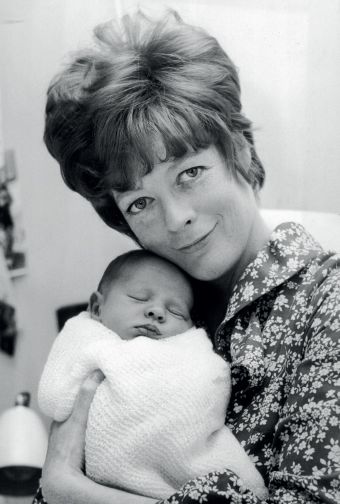
Proud mum with second son Toby, two weeks old in May 1969
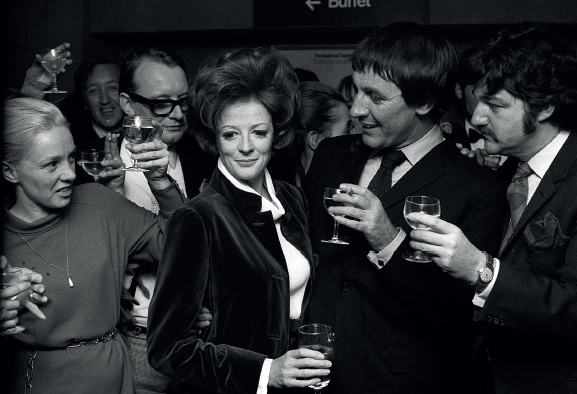
Maggie celebrates her Oscar victory on the night of the Hollywood ceremony in the stalls bar of the Old Vic, after the first performance of The Beaux Stratagem, with Robert and (to his left) their friend and dresser Christopher Downes
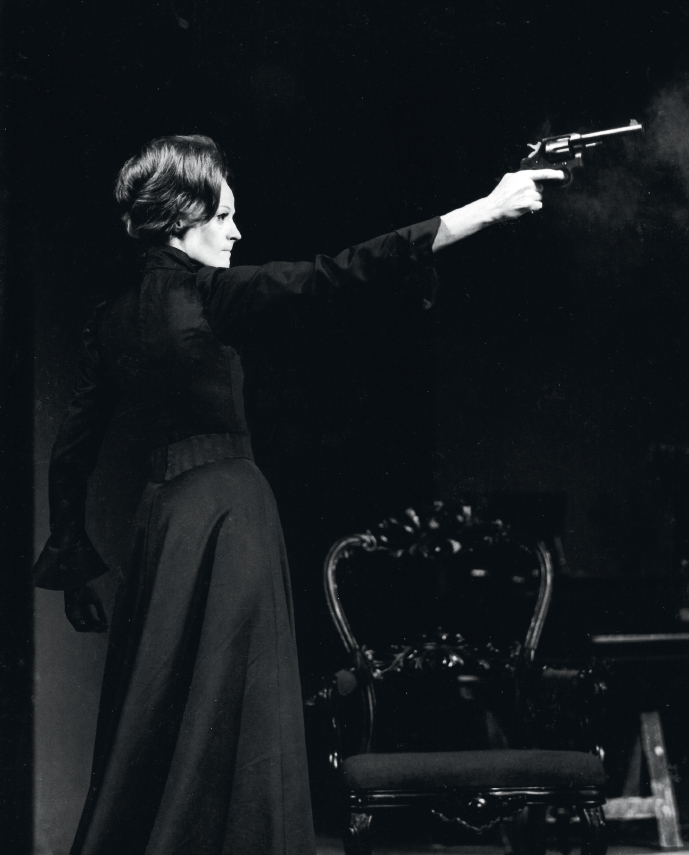
As Hedda Gabler, a performance of neurotic intensity at the National, and Maggie's favourite production, directed by Ingmar Bergman in 1970

Maggie keeps an eye on Robert drinking backstage at the Old Vic in 1971
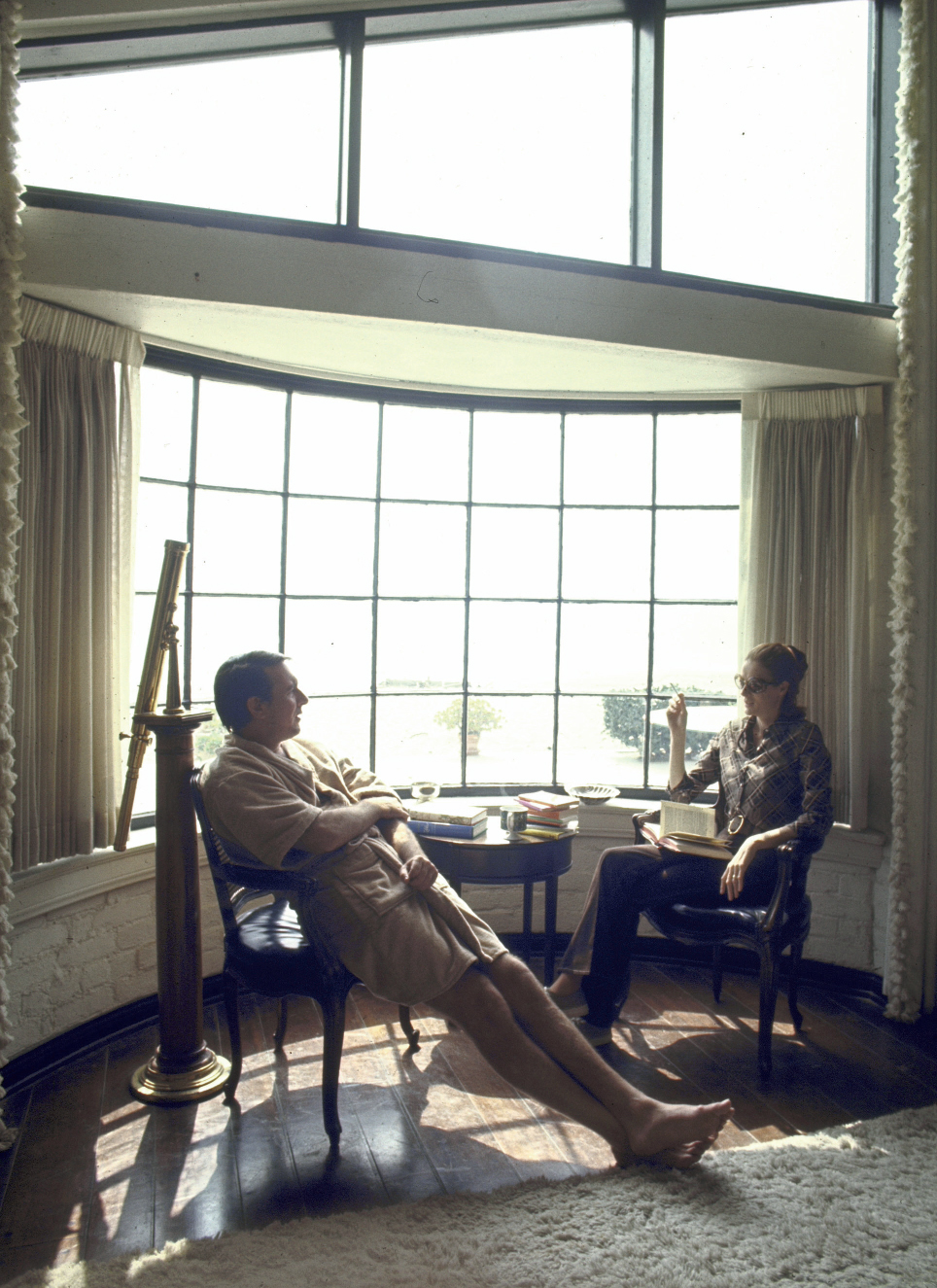
The calm before the storm in a Malibu beachfront rental while performing Nol Coward's Design for Living at the Ahmanson
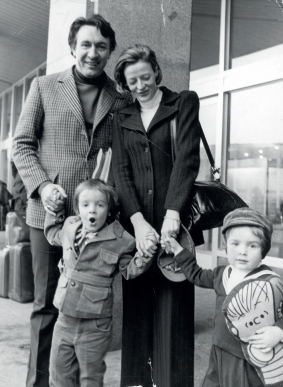
Marriage in transit at the airport with Christopher and Toby in 1972
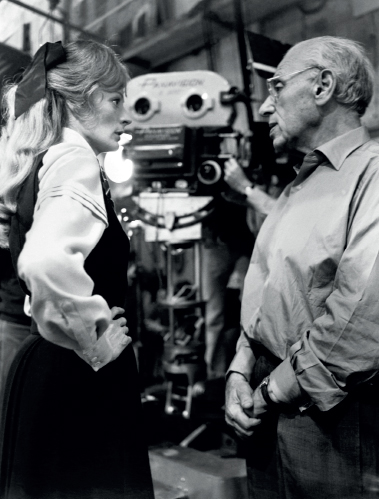
On set with George Cukor, director of Travels with My Aunt (1972), who adored everything she did as Graham Greene's gorgon Aunt Augusta; he also adored Maggie herself

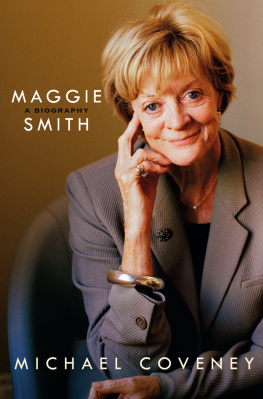
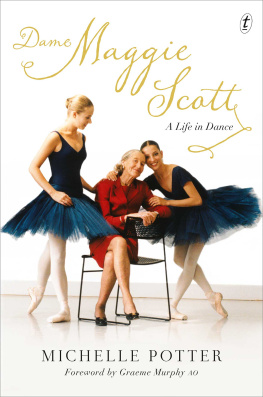


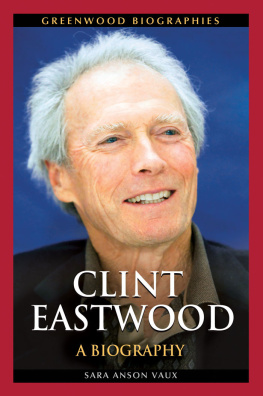
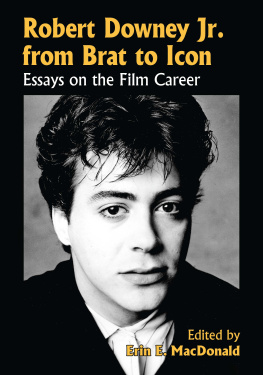
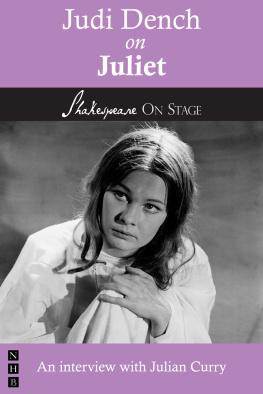
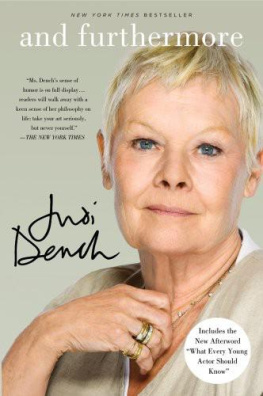
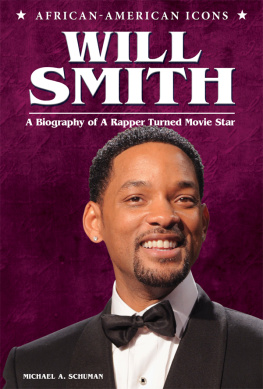
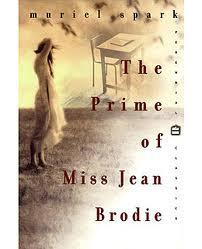

 New York
New York




















